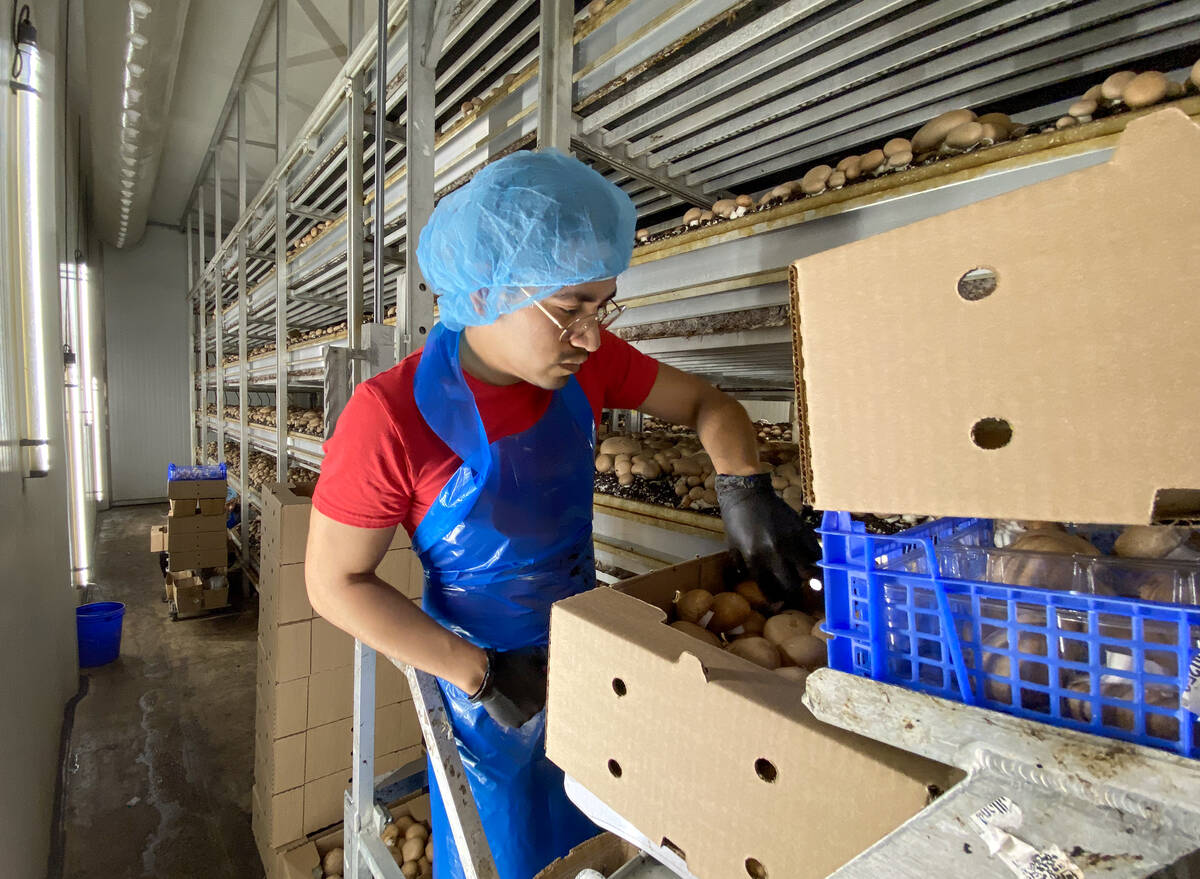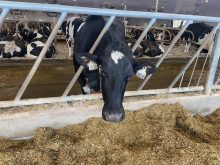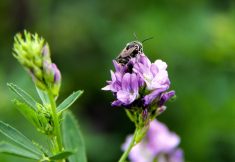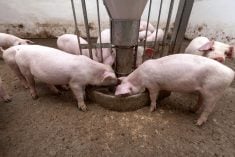The world is more aware of the overuse of antibiotics and the development of resistance in bacterial populations.
This has led to calls for greater control and monitoring of their use in both human and veterinary medicine. What is less well known is that antibiotics are routinely used in crop production and according to new research are being recommended more frequently and on a much greater variety of crops than previously thought.
The use of antibiotics to control plant diseases is not new. They have been used for decades on crops like apples and pears, after being shown to be an effective means of controlling some bacterial diseases. However the extent of their use worldwide has been little studied and is largely unknown.
Read Also

Ontario’s other economic engine: agriculture and food
Ontario Federation of Agriculture president, Drew Spoelstra, says Ontario’s agriculture and agri-food sector should be recognized for its stability and economic driving force.
A recent joint investigation by the Food and Agriculture Organization (FAO), OIE, the world organization for animal health and the World Health Organization (WHO) into antibiotic use found that the numbers of countries that are currently monitoring the use of antibiotics in crop cultivation is very low compared to those monitoring antibiotic use in the veterinary and medical arenas.
Out of the 158 countries questioned, only three per cent indicated they had any kind of regular assessment of the types and amounts of antibiotic use on crops. This contrasts strongly with countries that have monitoring systems in place for human use (26 per cent) and animal health (23 per cent). This lack of data on the use of antibiotics in crop-based agriculture has led many people to presume the amounts being used were negligible.
The new research was an analysis of more than 436,000 records from Plantwise plant clinics in 32 countries between 2012-2018. It revealed that antibiotics, some of which are considered critically important for human medicine, are being recommended for use on more than 100 crops and in some cases in copious quantities and as prophylactic treatments.
The paper, published in CABI Agriculture and Bioscience, estimates that annually 63 tonnes of streptomycin and seven tonnes of tetracycline (both critically important antibiotics in human medicine) are sprayed on the rice crop in South East Asia alone. In some years and in some regions nearly 10 per cent of rice recommendations featured an antibiotic.
“There is a considerable proportion of crop advisors recommending antibiotics against insect pests. Either the advisors are unaware that they will have no impact on insect pests or they are recommending antibiotics as a preventative measure against bacterial diseases,” says Philip Taylor, lead author of the study.
The researchers found that 11 antibiotics (often blended together) are being recommended on crops grown in the Americas, Eastern Mediterranean, South East Asia and the Pacific rim countries. The regional variation is considerable both in quantity and class of antibiotic, but it was noteworthy that no antibiotic recommendations were recorded from Africa, despite the large number of records from this region.












